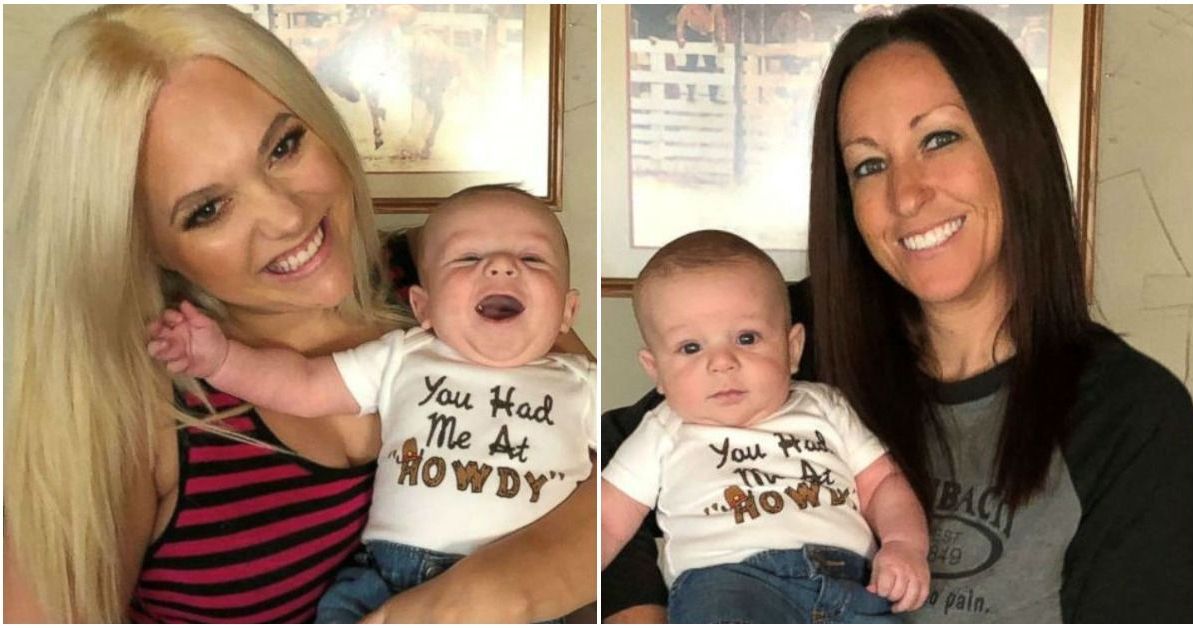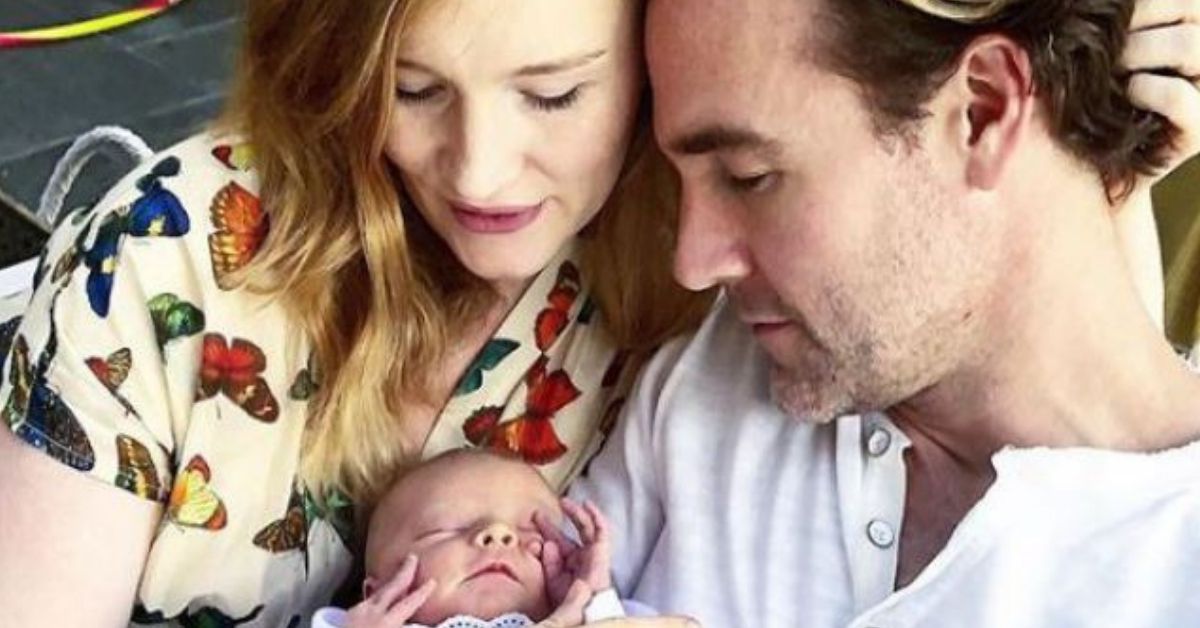A couple from Texas are showing off their five-month old "miracle baby" boy to the world.
Of course, all parents think that their children are special. But Ashleigh and Bliss Coulter have good reason to be proud of baby Stetson.
The Coulters are the first same-sex couple to both carry their baby, and Stetson could be the first of many children born using this unusual method.
"Obviously, us being two women, we were like how can we make this happen?"
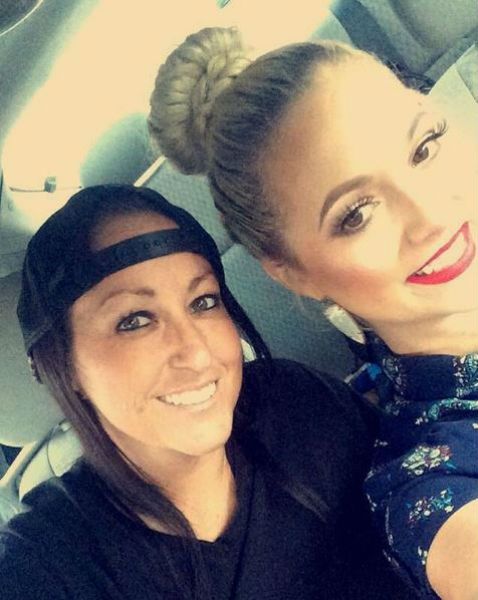
Ashleigh, 28, and Bliss, 36, say they've known for years that they wanted to start a family.
"I wanted to be pregnant for so long and so bad," Ashleigh told local news station WFAA.
Meanwhile, Bliss said she always wanted a child but "just didn't want to carry the child."
"Obviously, us being two women, we were like how can we make this happen?" said Asheleigh. "We felt like there has to be a way."
While same-sex male couple often use surrogate for their child, same-sex female couples usually rely on a sperm donor.
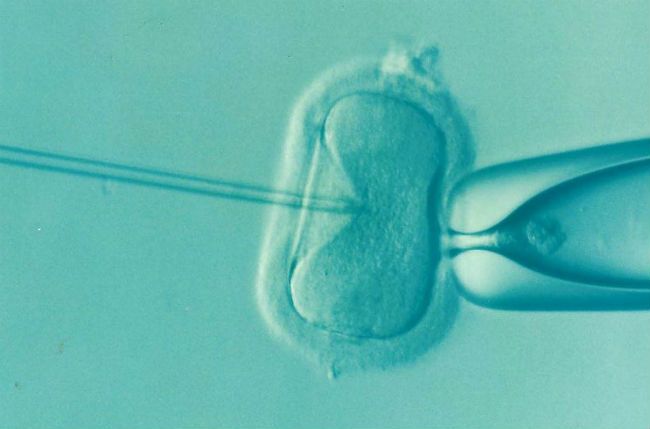
Both of these approaches include obstacles for the new parent. For example, in both cases, anyone but the woman who carries the child will usually have to adopt the baby.
But the Coulters settled on a new and different method, which featured cutting edge science and let them both share the joys of pregnancy.
Fertility specialists at a nearby clinic introduced the pair to reciprocal effortless in vitro fertilization (IVF).
"It was like a relay race."
In regular IVF, a fertilized egg is stored in a mechanical incubator, then moved to a woman's body (either the biological mother, or a surrogate) so it can be carried to term.
But reciprocal effortless IVF features a twist that allowed both Ashleigh and Bliss to be pregnant with the same child:
First, eggs were harvested from Bliss, then fertilized with sperm from a donor and placed inside a device which was stored in her body.
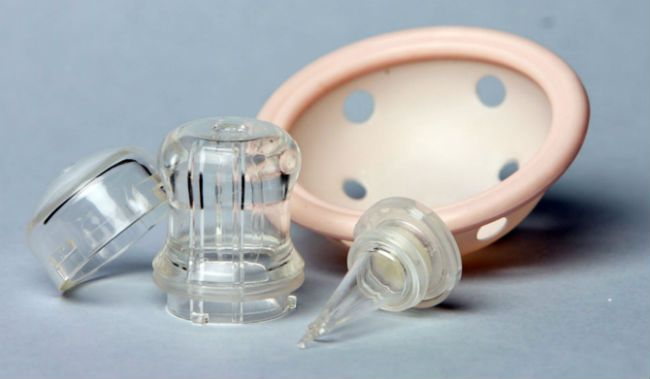
In this stage, Bliss' organs protected the embryo as it developed for five days.
"She got the embryo off to an early start," explained Dr. Kathy Doody of the CARE Facility. "The eggs fertilized in her body and when they returned five days later, we removed the device and froze the embryos."
Then, like "passing the baton" in a relay race, Ashleigh said, the embryos were transferred to her body.
While Ahsleigh would carry the baby to term, Stetson only shares DNA with Bliss.
It's a process already used for surrogates, but the Coulters were the first same-sex couple to both carry their child.
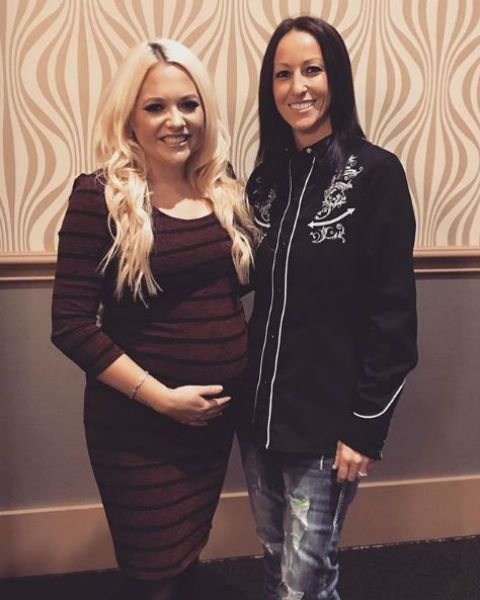
"[Bliss] got to carry him for five days and was a big part of the fertilization, and then I carried him for nine months," she explained.
"So that made it really special for the both of us "” that we were both involved. She got to be a part of it, and I got to be a part of it."
The "Miracle Baby"
Along with cutting-edge science, the Coulters benefited from some excellent first-time-parent luck.
Ashleigh became pregnant on the first try, which is not always the case with IVF. And Bliss jokingly said her "golden eggs" were responsible for the success.
Five months after his historic birth, Stetson is a healthy and happy baby boy.
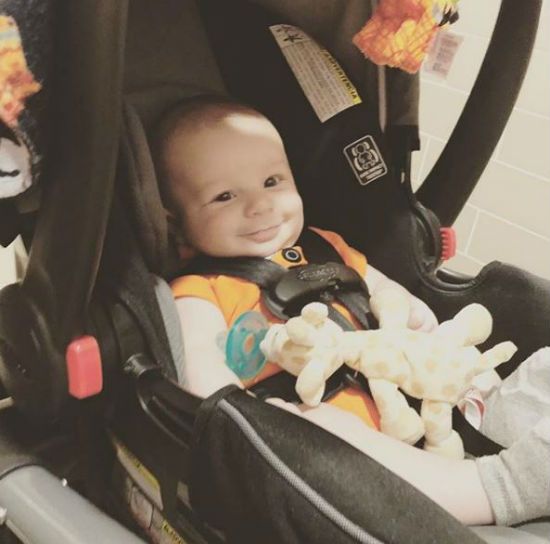
And a second same-sex couple have already given birth to a baby girl with help from the same facility.
This new method could make parenthood more affordable for many couples, since cutting mechanical incubators out of the equation makes IVF half as expensive.
But for the Coulters, starting their new family is more important than making the history books.
"It was everything I hoped it would be," said Ashleigh.
"No one really knew it was possible but it worked magnificently," said Bliss.
And the couple have two more embryos on ice (or the choice of using Ashleigh's eggs) in case they want to add to their growing family.
[H/T: WFAA]
